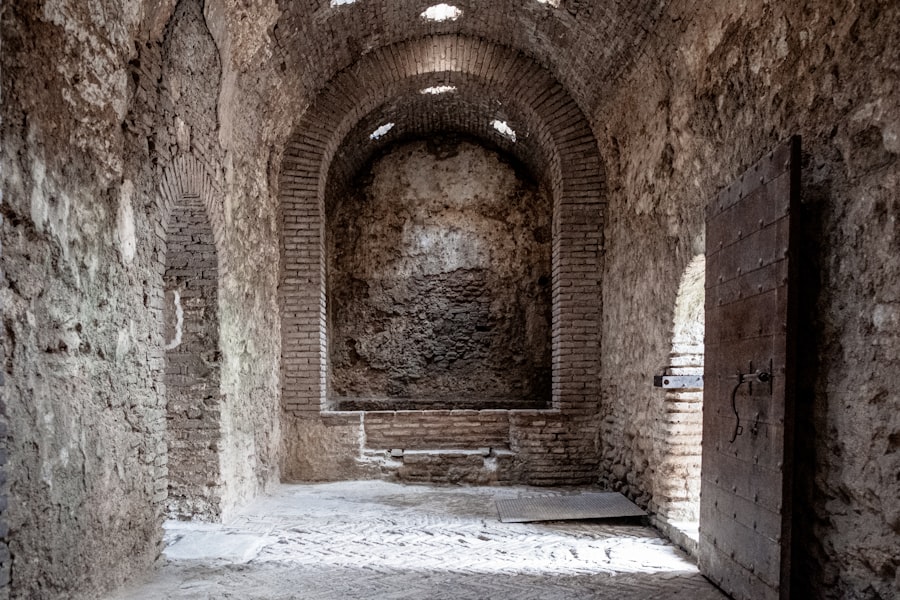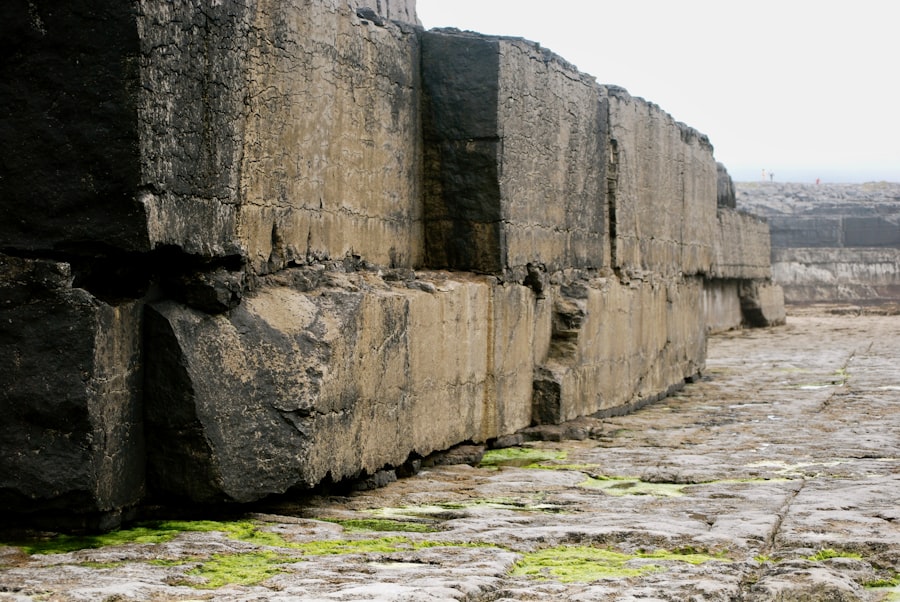The Drake Passage, a body of water situated between the southern tip of South America and Antarctica, is renowned for its tumultuous seas and unpredictable weather. Spanning approximately 600 kilometers (370 miles) in width, it serves as a critical maritime corridor connecting the Atlantic and Pacific Oceans. Named after the English explorer Sir Francis Drake, who navigated these waters in the late 16th century, the passage has become synonymous with both adventure and peril.
Its strategic importance cannot be overstated, as it is one of the few routes for vessels traveling to and from Antarctica, making it a focal point for scientific research, tourism, and international shipping. The passage is characterized by its unique geographical features, including the convergence of the Antarctic Circumpolar Current, which flows unimpeded around the continent of Antarctica. This current contributes to the Drake Passage’s notorious reputation for rough seas and high winds, making it a formidable challenge for even the most experienced mariners.
The combination of its natural beauty and treacherous conditions has captivated explorers, scientists, and tourists alike, drawing them to its icy waters in search of adventure and discovery.
Key Takeaways
- The Drake Passage is a treacherous body of water located between South America’s Cape Horn and the South Shetland Islands of Antarctica.
- Early explorers like Sir Francis Drake and Ferdinand Magellan were among the first to navigate the challenging waters of the Drake Passage.
- Navigating the Drake Passage presents numerous challenges including strong winds, rough seas, and unpredictable weather conditions.
- Famous expeditions such as those of Charles Darwin and Ernest Shackleton have contributed to the rich history of exploration in the Drake Passage.
- The Drake Passage has had a significant impact on exploration, trade, and scientific research in the Southern Ocean.
Early Explorations and Discoveries
The history of exploration in the Drake Passage is rich and varied, with early navigators facing immense challenges as they sought to chart these uncharted waters. In the late 1500s, Sir Francis Drake became one of the first Europeans to traverse the passage during his circumnavigation of the globe. His journey not only provided valuable insights into the geography of the region but also opened up new possibilities for trade and exploration.
Drake’s accounts of his experiences in the passage laid the groundwork for future expeditions, inspiring generations of explorers to venture into these treacherous waters. Following Drake’s pioneering voyage, numerous explorers attempted to navigate the passage, each contributing to the growing body of knowledge about this formidable stretch of ocean. Notable figures such as Ferdinand Magellan and James Cook furthered exploration efforts in the 18th century, mapping the coastline of Antarctica and documenting their encounters with its harsh environment.
These early expeditions were fraught with danger, as sailors faced not only the unpredictable weather but also the threat of icebergs and other natural hazards. Despite these challenges, their discoveries paved the way for future maritime endeavors and established the Drake Passage as a significant route for exploration.
The Challenges of Navigating the Drake Passage

Navigating the Drake Passage is no small feat; it presents a myriad of challenges that can test even the most seasoned sailors. The passage is notorious for its rough seas, which can be exacerbated by strong winds and rapidly changing weather conditions. The convergence of ocean currents creates a volatile environment where waves can reach staggering heights, making it essential for vessels to be well-prepared before embarking on a journey through these waters.
Mariners must possess not only technical skills but also a deep understanding of meteorological patterns to anticipate and respond to sudden changes in conditions. In addition to the physical challenges posed by the sea itself, navigating the Drake Passage requires careful planning and consideration of safety protocols. The isolation of this region means that assistance may be far away in case of emergencies, making it crucial for vessels to be equipped with reliable communication systems and emergency supplies.
Furthermore, icebergs pose a significant threat to navigation, particularly during certain times of the year when they are more prevalent. Sailors must remain vigilant and employ advanced navigation techniques to avoid collisions while ensuring their crew’s safety.
Famous Expeditions and Voyages
| Expedition/Voyage | Explorer | Year | Significance |
|---|---|---|---|
| First circumnavigation of the Earth | Ferdinand Magellan | 1519-1522 | Proved the Earth was round and not flat |
| Discovery of the New World | Christopher Columbus | 1492 | Opened the way for European exploration and colonization of the Americas |
| Transatlantic flight | Charles Lindbergh | 1927 | First solo nonstop flight from New York to Paris |
| First successful expedition to the South Pole | Roald Amundsen | 1911 | First to reach the geographic South Pole |
Throughout history, several famous expeditions have traversed the Drake Passage, each contributing to our understanding of this remote region. One notable voyage was that of Ernest Shackleton’s Imperial Trans-Antarctic Expedition in 1914. Shackleton and his crew set out with ambitious plans to cross Antarctica from coast to coast via the South Pole.
However, their ship, the Endurance, became trapped in pack ice in the Weddell Sea, forcing them to make a harrowing escape through the Drake Passage after months of survival on ice floes. Shackleton’s leadership and determination during this perilous journey have become legendary, highlighting both the dangers of navigating these waters and the resilience of the human spirit. Another significant expedition was led by Robert Falcon Scott in 1910 as part of his Terra Nova Expedition.
Scott aimed to reach the South Pole but faced numerous challenges during his journey through the Drake Passage. The harsh conditions tested his crew’s endurance and resolve, ultimately leading to tragedy on their return journey from the pole. These expeditions not only showcased the bravery of early explorers but also underscored the importance of preparation and adaptability when navigating such treacherous waters.
The Impact of the Drake Passage on Exploration and Trade
The Drake Passage has played a pivotal role in shaping global exploration and trade routes over centuries. Its strategic location has made it an essential passage for vessels traveling to Antarctica for scientific research or commercial purposes. The passage serves as a gateway for expeditions aimed at studying climate change, marine biology, and glaciology in one of Earth’s last frontiers.
As interest in Antarctic research has grown, so too has traffic through the Drake Passage, leading to increased awareness about environmental issues facing this fragile ecosystem. Moreover, the passage has historically facilitated trade between nations by providing a route for shipping goods between continents. The discovery of new trade routes during early explorations opened up opportunities for economic exchange that would have otherwise been impossible.
As maritime technology advanced over time, vessels became better equipped to handle the challenges posed by the Drake Passage, further enhancing its significance as a trade route.
Modern Navigation Techniques and Technologies

In recent years, advancements in navigation techniques and technologies have transformed how vessels traverse the Drake Passage. Modern ships are equipped with sophisticated navigation systems that utilize satellite technology to provide real-time data on weather conditions, ocean currents, and potential hazards. These innovations have significantly improved safety for mariners navigating these challenging waters by allowing them to make informed decisions based on accurate information.
Additionally, advancements in communication technology have enhanced connectivity for vessels operating in remote regions like the Drake Passage. Crew members can now stay in touch with support teams on land or other vessels at sea, ensuring that assistance is readily available if needed. Furthermore, automated systems can monitor vessel performance and environmental conditions continuously, allowing crews to respond quickly to any changes that may arise during their journey.
The Wildlife and Natural Beauty of the Drake Passage
Despite its reputation for rough seas and treacherous conditions, the Drake Passage is home to an astonishing array of wildlife and breathtaking natural beauty. The nutrient-rich waters support diverse marine life, including various species of fish, seals, and whales that migrate through these waters. Sightings of humpback whales breaching or orcas hunting are common occurrences for those fortunate enough to navigate this passage during certain times of the year.
The surrounding landscapes are equally captivating; towering icebergs drift majestically through the waters while snow-capped mountains loom in the distance. The stark contrast between icy blues and whites against deep ocean hues creates a mesmerizing visual experience that leaves an indelible mark on all who witness it. For many travelers venturing through this region, encountering such natural wonders serves as a reminder of Earth’s raw beauty and fragility.
The Drake Passage in Literature and Art
The allure of the Drake Passage has inspired countless works of literature and art throughout history. Writers have often depicted its tumultuous waters as both a physical challenge and a metaphor for human struggle against nature’s forces. Novels recounting tales of adventure on high seas frequently reference this passage as a backdrop for characters’ journeys into uncharted territories or their confrontations with adversity.
Artists have also sought to capture the essence of this remarkable region through various mediums—paintings depicting dramatic seascapes or sculptures inspired by its icy formations serve as testaments to its beauty and power. The imagery associated with the Drake Passage evokes feelings ranging from awe to trepidation; it embodies humanity’s enduring fascination with exploration while simultaneously reminding us of our vulnerability in confronting nature’s might.
Notable Incidents and Disasters in the Drake Passage
The Drake Passage has witnessed numerous incidents and disasters over its storied history—some tragic events that serve as stark reminders of its dangers.
Another notable event was the sinking of the cruise ship MS Explorer in 2007 after hitting an iceberg while traversing through icy waters near Antarctica.
This incident raised concerns about safety protocols for vessels operating in remote areas like the Drake Passage; it underscored how even modern ships equipped with advanced technology are not immune to unforeseen circumstances.
The Future of Navigating the Drake Passage
As interest in Antarctic exploration continues to grow alongside concerns about climate change, navigating through the Drake Passage will likely evolve further in response to emerging challenges. Increased traffic from research vessels and tourism may necessitate stricter regulations regarding environmental protection measures within this fragile ecosystem. Balancing economic interests with conservation efforts will be crucial as stakeholders seek sustainable solutions for navigating these waters responsibly.
Moreover, advancements in technology will continue shaping how mariners approach navigation through this region—innovations aimed at enhancing safety while minimizing environmental impact will play an essential role moving forward. As humanity grapples with pressing global issues such as climate change, understanding how best to navigate areas like the Drake Passage will remain paramount for future generations.
Tips for Navigating the Drake Passage Safely
For those planning to navigate through the Drake Passage—whether on an expedition or commercial voyage—certain precautions can enhance safety during this challenging journey. First and foremost, thorough preparation is essential; understanding weather patterns specific to this region can help mariners anticipate potential hazards before setting sail. Additionally, ensuring that vessels are equipped with reliable communication systems allows crews to stay connected with support teams on land or other vessels at sea—this connectivity can prove invaluable during emergencies or unexpected situations.
Regular drills focused on emergency protocols should also be conducted among crew members so everyone knows how best to respond if faced with unforeseen circumstances while navigating these turbulent waters. Ultimately, respect for nature’s power should guide all decisions made when traversing through areas like the Drake Passage—acknowledging its beauty while remaining vigilant about potential dangers will ensure safer journeys into this remarkable yet unpredictable region.
The Drake Passage, a crucial maritime route connecting the Atlantic and Pacific Oceans, has a rich history of exploration and navigation. This treacherous stretch of water, named after the English sea captain Sir Francis Drake, has been a significant challenge for sailors due to its unpredictable weather and strong currents. For those interested in learning more about the history and significance of the Drake Passage, a related article can be found on MyGeoQuest. This article delves into the historical voyages and the strategic importance of this passage in global maritime history. You can read more about it by visiting this page.
WATCH NOW! Drake Passage: Earth’s Deadliest Waters Revealed
FAQs
What is the Drake Passage?
The Drake Passage is the body of water between the southern tip of South America and the northern tip of the Antarctic Peninsula. It connects the Atlantic and Pacific Oceans.
Why is the Drake Passage historically significant?
The Drake Passage is historically significant because it was named after Sir Francis Drake, the English explorer who is believed to be the first to have sailed through the passage in 1578.
What is the history of exploration in the Drake Passage?
The history of exploration in the Drake Passage dates back to the 16th century when European explorers began to venture into the treacherous waters of the passage in search of new trade routes and territories.
What role did the Drake Passage play in the Age of Exploration?
The Drake Passage played a crucial role in the Age of Exploration as it provided a challenging but important route for European explorers to navigate between the Atlantic and Pacific Oceans.
What are some notable historical events associated with the Drake Passage?
Notable historical events associated with the Drake Passage include the first successful circumnavigation of the Earth by Sir Francis Drake, as well as numerous expeditions and scientific voyages that have contributed to our understanding of the region.
How has the Drake Passage been used in modern times?
In modern times, the Drake Passage is primarily used for scientific research, tourism, and commercial shipping. It remains a challenging and unpredictable route for vessels crossing between the Atlantic and Pacific Oceans.
